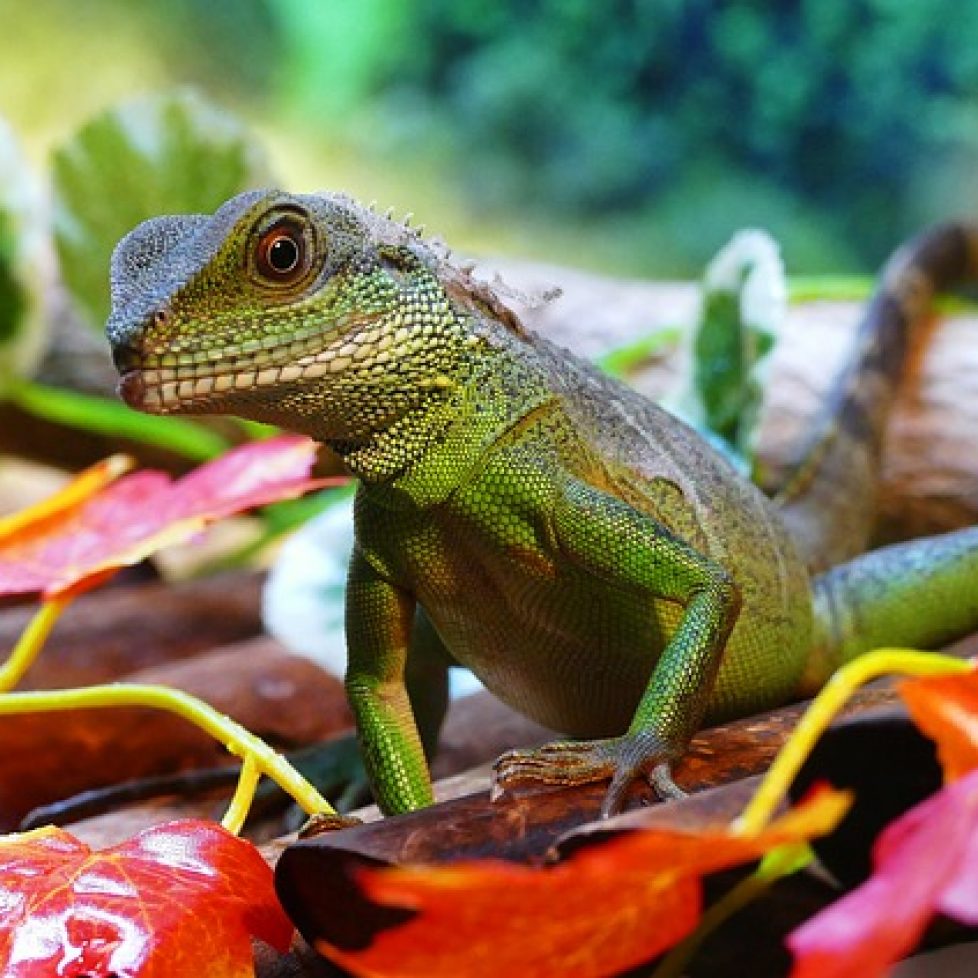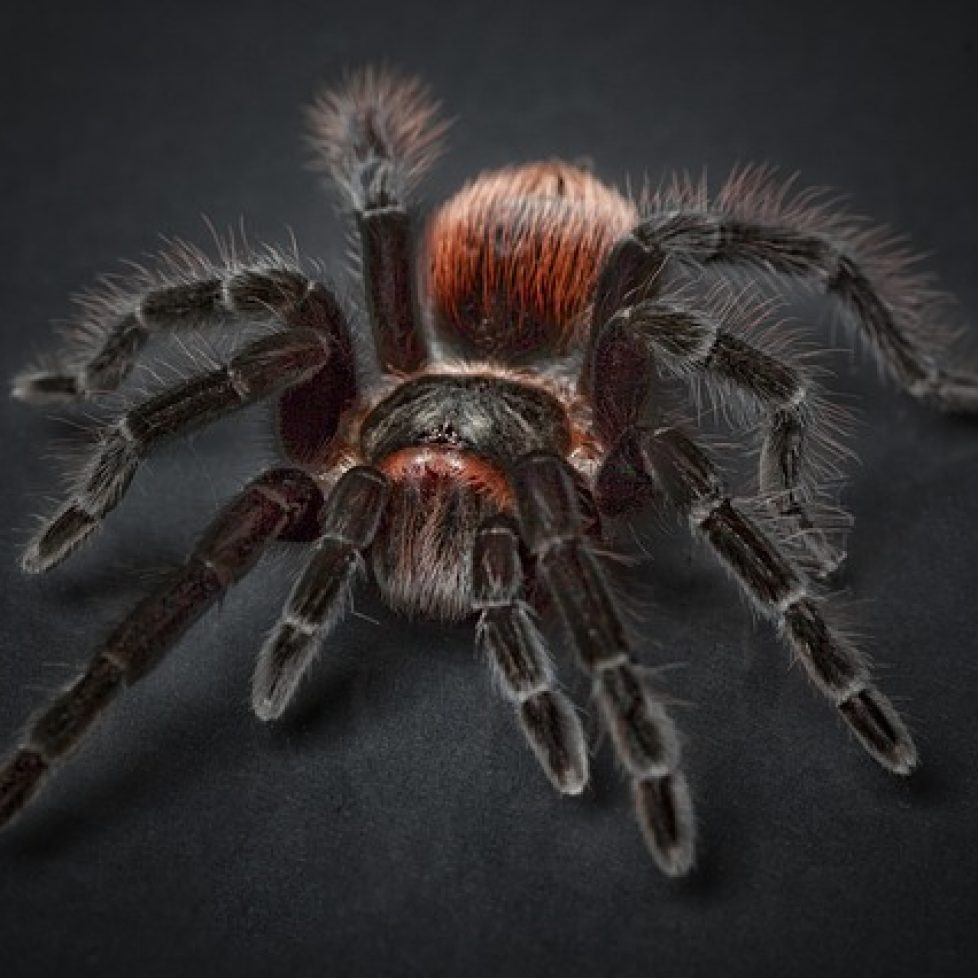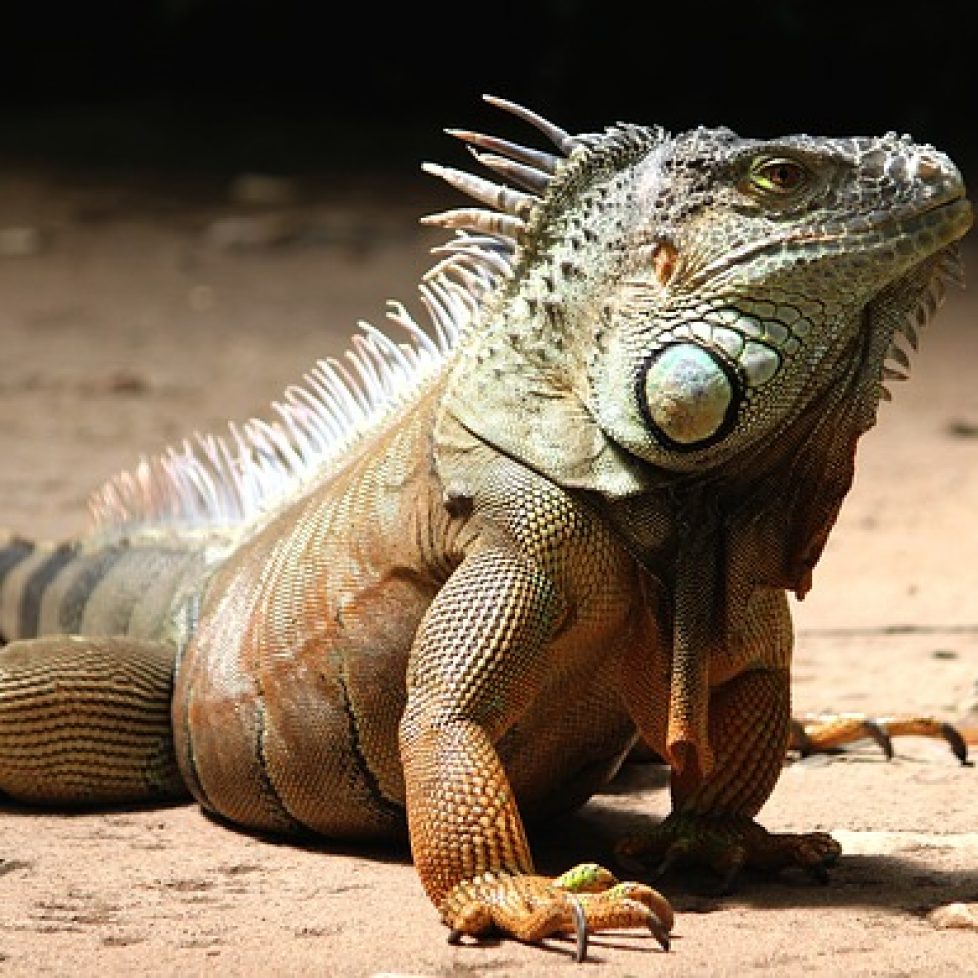Feeding Your Exotic Pets
Exotic pets have very unique detailed feeding requirements that most ordinary pets don’t have. Because of the range of exotic pets out there, there’s also a wide range of exotic pet food available to feed them. The main factors to consider is the species type and size of your pet and its own likes and dislikes.
From live locusts to dead rats, a wide range of different foods for exotic pets exists, which causes a lot of mixed views on best practices for particular animals. On thins is for sure, separate your human food from your pet food!
Exotic Pet Foods
A crucial part of having an exotic pet is to do thorough research before bringing home any kind of exotic pet to be fully familiar with its eating requirements. This means more than just having a rough idea about the food types any particular species requires but also being sure that you will have regular, available access to these foods.
After all, for some people, the idea of a dead rat defrosting on your kitchen sink or having to pick up a live locust is just too much to stomach! Although, some exotic pets will feed on more natural foods such as dried foods or fresh fruit and veg.
How Frequently Do You Feed?
Overfeeding your exotic pet is very difficult, just feed them balanced diet. Some foods contain more fat than others which might cause some of the exotic pets to act very lazy but in general, you can give them as much pet food as they wish.
As a general guide, insect-eating reptiles and amphibians require daily feeding. Try to make sure that there’s no live food in your pet’s cage for too much of the day as it could cause them stress. A better approach is to feed them once daily but give them only enough live food that they can consume in a short time frame.
For invertebrates, adult tarantulas will probably eat only once or twice weekly while mantis will eat more frequently (depends on the species).
Adult snakes may only eat once or twice weekly while other exotic pets that require plant feed should have fresh food at their disposal whenever they need it.
The younger the hungrier!
Another tip worth noting, is that younger and/or smaller specimens are more likely to eat frequently. As an example, baby snakes which feed on pinkies may eat as often as twice or even three times weekly while adults of the same species who might feed on an adult mouse, may only need to eat once per week or even less.
Watch and learn
Observe your pet and it’s behavior so as to signal to you how often and how much you need to feed it. Overtime, you’ll realize the frequency and volume of food that your exotic pet needs. Remember not to try to order feed your pet, do your research, ask an expert or someone who has the same type of pet how theirs behaves and you’ll be fine.



